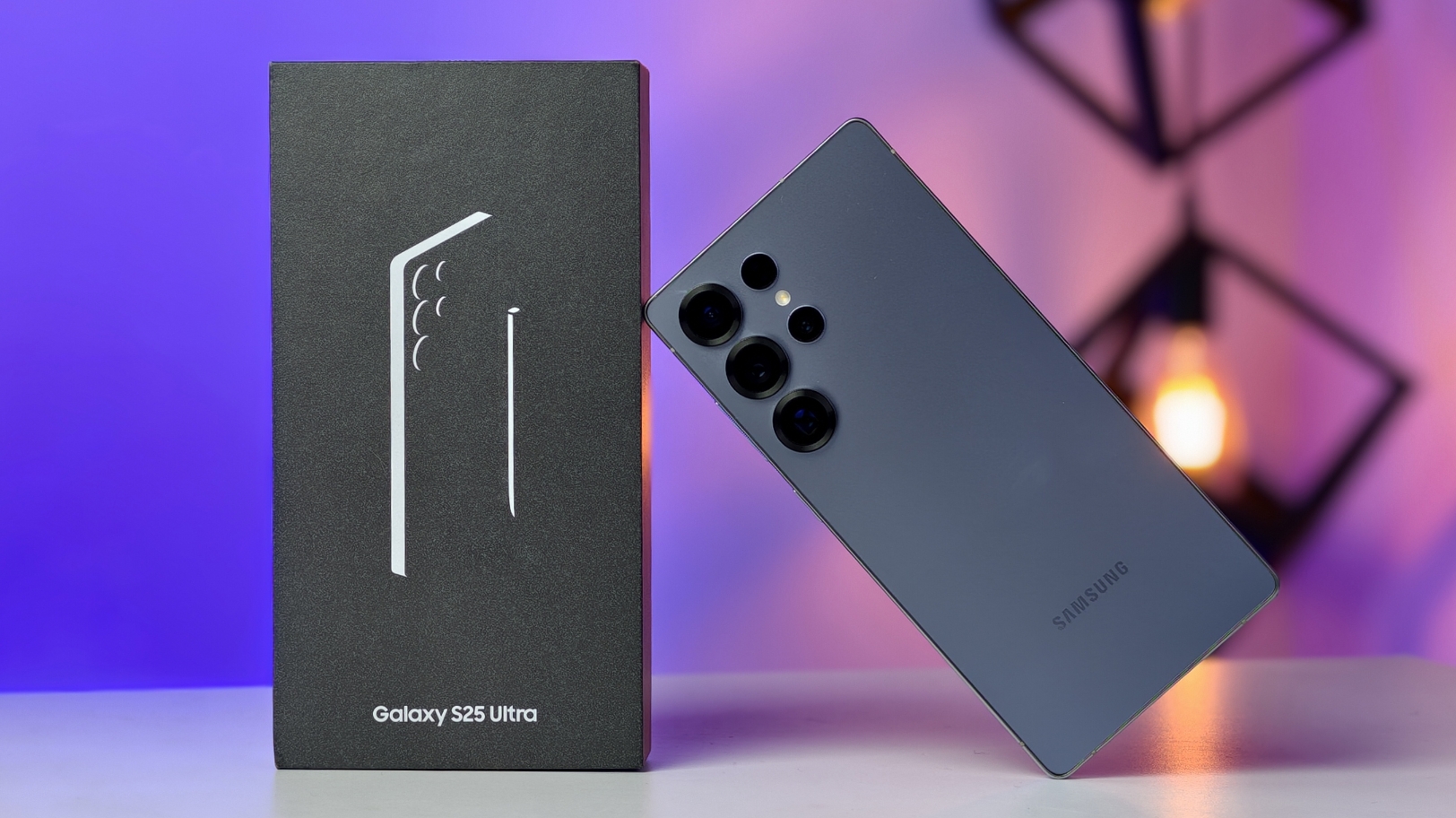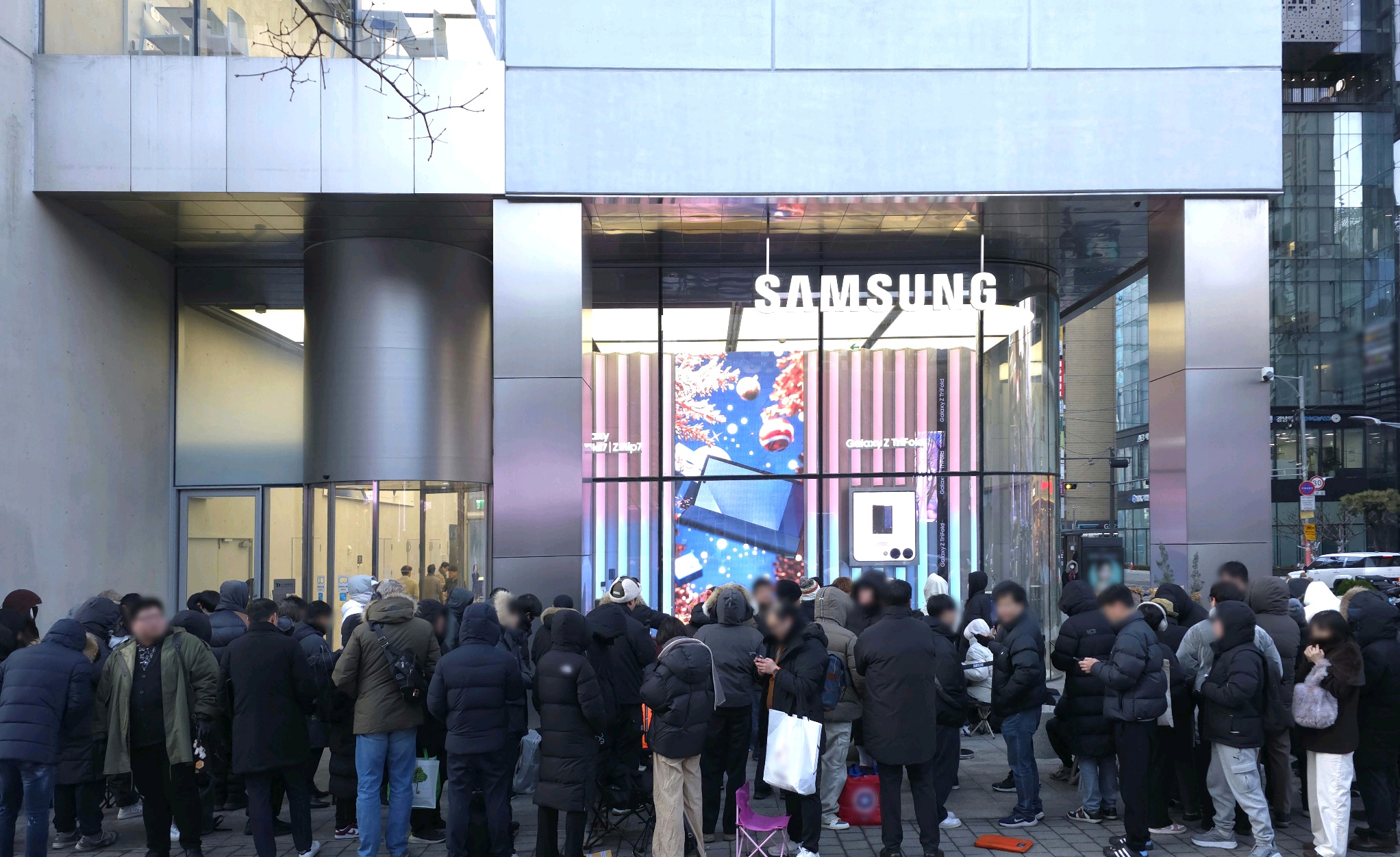Creativity sometimes feels like hitting a wall. You have a flicker of an idea, but bringing it to life feels like climbing a mountain. The blank canvas, the empty timeline – they can be intimidating. For years, artists and designers relied purely on skill and countless hours to build their visions piece by piece. But what if a powerful co-pilot could help you break through those barriers? Adobe, a name synonymous with creative software, recently made significant additions to its artificial intelligence lineup, expanding its Firefly family of generative AI models with tools that could fundamentally alter how people create images and videos.
Adobe’s big push into generative AI started with Firefly, focusing initially on image and text effects. The idea was simple: use text prompts to generate images or apply styles. It felt like a fresh start, offering a new way to brainstorm and produce visual ideas. Now, Adobe is building on that foundation, introducing more sophisticated capabilities designed to integrate deeply into the workflows of everyday creators and seasoned professionals alike. It’s not just about generating a single image anymore; it’s about weaving AI into the fabric of the creative suite people already use.
At the heart of the recent updates is the new Firefly Image 3 Model. Think of this as a significant upgrade to the engine that powers Adobe’s image generation. Users are seeing noticeable improvements. Generations are faster – Adobe says up to four times quicker than before. This speed boost matters immensely when you’re exploring different concepts. Instead of waiting, you get results almost instantly, keeping your creative flow going.
Beyond speed, the quality of the images coming out of Firefly Image 3 shows a real leap. The details are sharper, the lighting and colors feel more natural, and the tool understands complex prompts better. For instance, if you ask for “a futuristic city reflected in a puddle on a rainy street at sunset, cinematic lighting,” Firefly Image 3 does a better job of capturing the nuances of reflection, light, and atmosphere. It’s about moving from interesting concepts to images that look closer to finished artwork.
Two features built on the Firefly Image 3 Model stand out: Structure Reference and Style Reference. These give creators more control, addressing a common frustration with earlier generative AI – getting exactly what you picture in your head. Structure Reference lets you upload an existing image and use its layout or composition as a guide for a new generation. Imagine you have a sketch or a photo with the perfect pose or arrangement of elements, but you want it rendered in a completely different style or setting. You provide the structure image, write your text prompt describing the new scene, and Firefly Image 3 follows the structural cues.
Style Reference works similarly but focuses on the visual style. You upload an image with a look you love – maybe a particular painting style, a photographic aesthetic, or a graphic design feel. Firefly Image 3 then attempts to apply that aesthetic to the image it generates from your text prompt. This is powerful for maintaining visual consistency across projects or experimenting with applying unique artistic styles without needing to manually replicate them. It feels less like random generation and more like directed creation.
These image generation advancements aren’t confined to a single web app. Adobe is integrating them directly into its flagship Creative Cloud applications. In Photoshop, the familiar Generative Fill and Generative Expand features, which allow you to non-destructively add or remove objects and expand canvases, benefit from the improved Firefly Image 3 engine. This means the content generated to fill in gaps or add elements is higher quality and blends more seamlessly. A new Generative Workspace in Photoshop is also in beta, hinting at even deeper AI integration for brainstorming and ideation directly within the powerful photo editor.
Illustrator, Adobe’s vector graphic software, also sees AI enhancements with features like Generative Shape Fill and Text to Vector Graphic, powered by the Firefly Vector Model. Designers can generate vector shapes and patterns from text descriptions, speeding up the process of creating complex graphics or exploring decorative elements. The ability to control the density of elements in generated patterns adds a layer of fine-tuning.
Adobe Express, the all-in-one content creation tool aimed at a broader audience, also benefits. Its Text to Image feature uses the improved Firefly Image 3, making it easier for anyone to quickly generate visuals for social media posts, flyers, or simple graphics. Features like Generative Fill and Resize with Expand bring advanced editing capabilities to a more accessible platform.
But Adobe’s AI ambitions aren’t just about still images. The company also officially introduced the Firefly Video Model, currently in public beta on the Firefly web app. This marks a significant step, moving generative AI beyond static visuals into the dynamic world of video. The Firefly Video Model allows users to generate short video clips from simple text prompts or by providing a still image and describing how it should move or change.
For video editors working in Premiere Pro, a feature called Generative Extend, powered by the Firefly Video Model, helps smooth transitions and extend clips. If you have a shot that’s just a bit too short to fit your edit, Generative Extend can intelligently add frames to lengthen it, potentially saving hours of reshoots or creative workarounds.
The Firefly Video Model on the web app offers more direct video generation. You can describe a scene – “a drone shot flying over a misty forest at sunrise” – and the model generates a short clip. You get controls to influence camera angles, motion, and overall style. This opens up possibilities for quickly generating B-roll footage, creating abstract visual effects, or bringing still concepts to life with movement. Another intriguing feature is the ability to translate audio and video into multiple languages while trying to preserve the original speaker’s voice characteristics. This could be a game-changer for creators looking to reach a global audience without the need for expensive and time-consuming traditional dubbing.
Adobe is positioning Firefly as “commercially safe,” a crucial point for businesses and professionals who need to use generated content without worrying about copyright issues. They state that Firefly models are trained on licensed content, like Adobe Stock, and public domain content where copyright has expired. To provide transparency, outputs from Firefly-powered features include Content Credentials, a kind of digital label that shows if and how AI was used to create or modify the content. This helps users understand the origin of the media they encounter.
The introduction of these new AI models and features isn’t just about adding bells and whistles to existing software. It reflects a deeper shift in how creative tools are evolving. AI is moving from being a background assistant (like content-aware fill) to a front-and-center collaborator. It can help bypass the initial hurdles of creation, offering variations, extending content, or even generating entirely new assets based on a description.
For artists facing creative blocks, AI can offer a jumping-off point, providing visual concepts to react to and refine. For designers on tight deadlines, it can automate repetitive tasks or quickly generate multiple options for a client review. For video editors, it can save time on tricky edits or generate supplementary footage.
Of course, these tools don’t replace the human creator. They are powerful instruments that still require a human hand to guide them, refine their output, and imbue the work with personal style and narrative. The new features like Structure and Style Reference show Adobe’s understanding that creators want more control, not less.
Adobe’s expanding AI family, particularly with the advancements in image generation and the introduction of video capabilities, suggests a future where the line between human intent and AI execution becomes increasingly blurred. It’s a future where the barrier to bringing complex visual ideas to life is lowered, potentially democratizing certain aspects of high-end content creation. As these tools become more sophisticated and integrated, the creative process for millions of users within the Adobe ecosystem is indeed poised for a significant transformation.



















